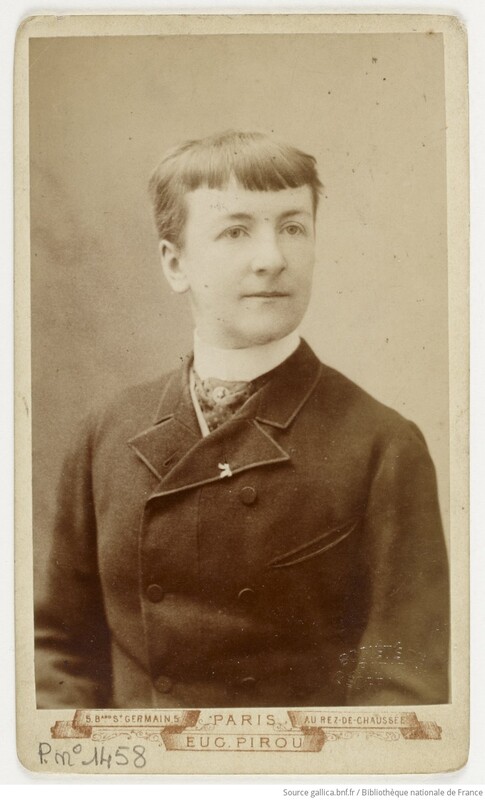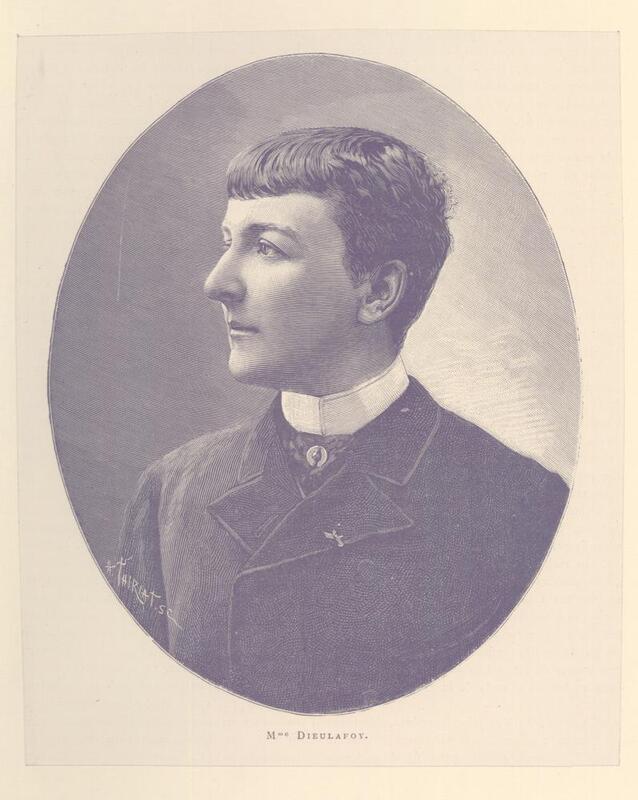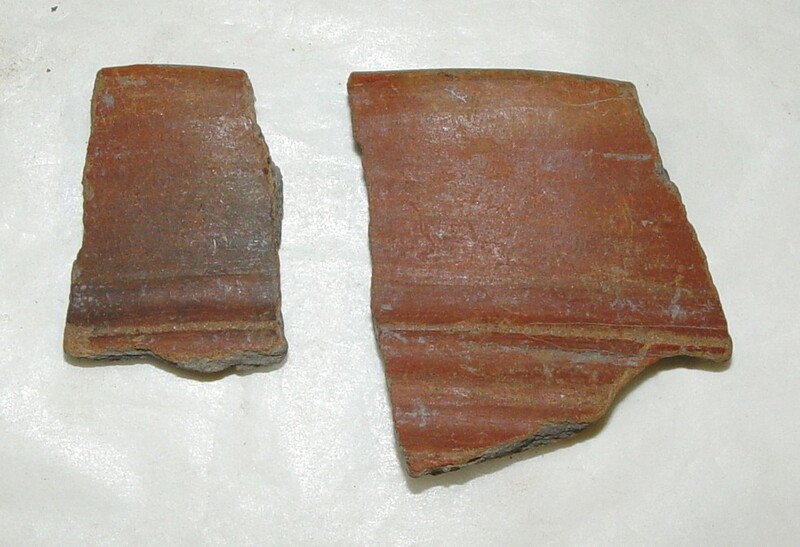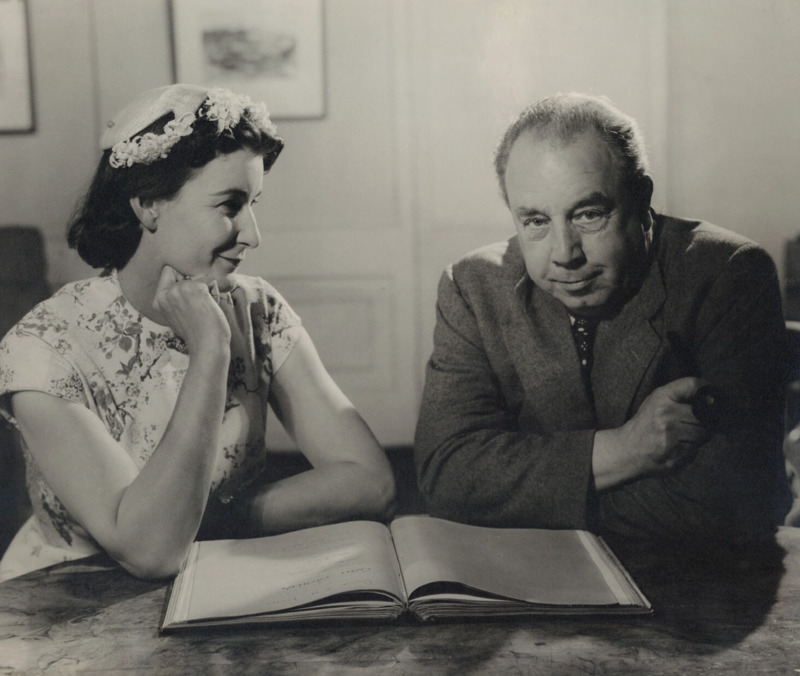Three Pioneering Archaeologists
Jean Dieulafoy
Jean Dieulafoy, also known as Jane, was a prominent French archaeologist who lived from 1851 to 1916. In her youth, Dieulafoy was educated at a convent where she learned how to paint, draw, and speak classical and modern languages. In 1870, she married Marcel-Auguste Dieulafoy, a railway engineer who specialized in art and architecture, who lived from 1844 to 1920.
During the Franco-Prussian war in 1870 and 1871, Dieulafoy dressed as a soldier, cut her hair, and joined her husband as a sharpshooter. The sharpshooters were not regulated by the French army, which allowed Jean to be a woman fighting in the war. When she and Marcel returned from the war, she continued to wear suits, as seen in Figures 4 and 5, that people came to know her by. Figure 4 is a photograph taken by Eugène Pirou in 1884 and Figure 5 is a wood engraving by Henri Thiriat of Figure 3, which is on the previous page. Just as with the war, Jean accompanied her husband with his work. Her education aided her archaeological work as she traveled to countries that spoke different languages, wrote novels, and drew the places she traveled to and the people she saw.
Maud Cunnington
Maud Cunnington’s most well-known excavation was at Woodhenge, which is a Neolithic period burial mound. She lived from 1869 to 1951 and worked with her husband Ben Cunnington, who lived from 1861 to 1950. She was born into a comfortable middle class family and raised by historians, which may have influenced her entry into archaeology. She attended Cheltenham Ladies College in the United Kingdom, one of the few of the time. Her husband's family was made up of multiple archaeologists with a reputation in the field. They were married in 1889.
Because of the family name and the money, Maud and her husband had a good entry into archaeology. They excavated their first joint archaeological site in 1906 at Manton Barrow in the United Kingdom. After this, the Cunningtons worked on multiple sites in the United Kingdom, including Woodhenge, the Sanctuary, and Knapp Hill Camp. After all of their excavations, Maud became an expert in pottery. An example of some of the pottery pieces that Maud would have excavated from the site of All Cannings Cross in England can be seen in Figure 6.
Jacquetta Hawkes
Jacquetta Hawkes was an illustrator, a writer, a poet, a playwright, a film-maker, an activist, and more. She lived from 1910 to 1996 in Cambridge, England. Jacquetta's father was Sir Frederick Gowland Hopkins, a biochemistry professor who won a Nobel Prize, and her mother was a nurse. From a young age, Jacquetta wanted to be an archaeologist. As a kid, Jacquetta lived in a house that was built where a Roman road overlapped with a cemetery. At night, she would sneak out and attempt to excavate artifacts, which led her to want to be an archaeologist.
She was educated at a boarding school called Perse School. After this, Jacquetta became the first and only woman in the country who was able to study the new degree in anthropology and archaeology at Newnham College in Cambridge. Jacquetta graduated with First Class Honors and earned a traveling scholarship. Jacquetta completed her first excavation led by Christopher Hawkes at a pre-Roman Celtic capital outside of Rome. Christopher Hawkes, who was Jacquetta's first husband, lived from 1905 to 1992. In 1953, she married her second husband J.B. Priestley, as seen in Figure 7, who was a playwright and novelist. He lived from 1894 to 1984.



